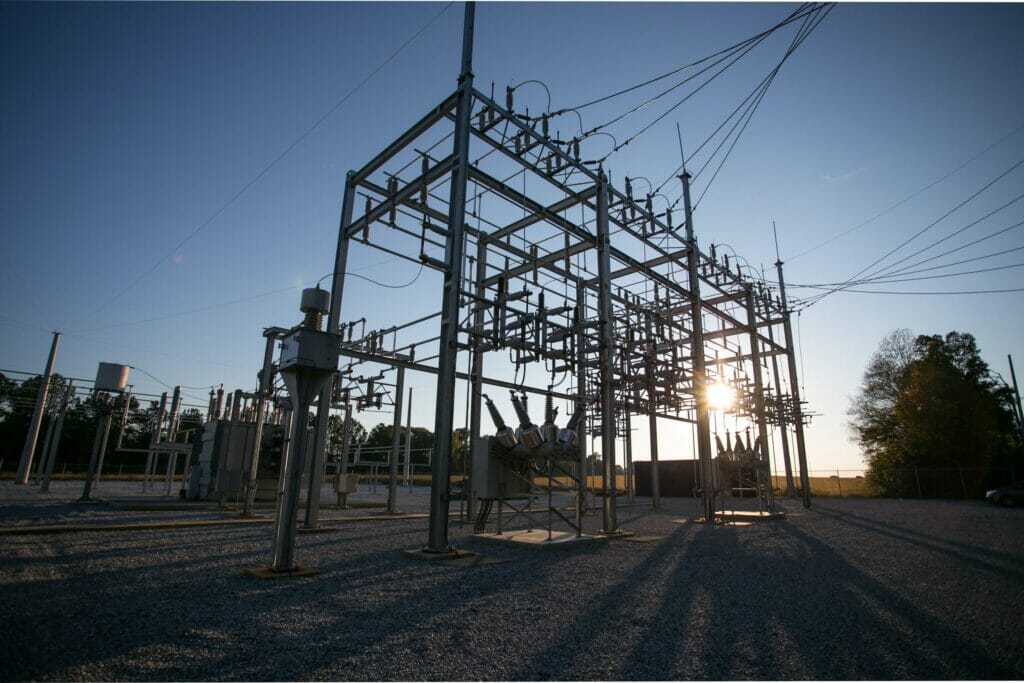Powering On: How to Be Ready for a Power Outage

Extreme weather is making power outages more frequent, and work from home has not made the issue go away. In today’s blog, we’ll look at how you can help prepare your organization for a failure of electrical power.
Related on BCMMETRICS: Power Outage Procedures For Businesses
The U.S. government has concluded that climate change and extreme weather are raising the incidence of power outages.
Meanwhile, the rise of work from home as a result of the COVID pandemic has not eliminated the impact of power outages on organizations; it has only changed its contours.
It’s more important than ever that organizations be prepared to cope with interruptions in their primary source of electricity.
Your organization should be capable of powering on even when the primary electricity source is temporarily turned off.
Here are six steps your organization can take to help it be ready for a power outage:
1. Assess the threat.
How likely is it that your organization will suffer a loss of electrical power? Every organization has some risk, but the exposure varies widely depending on region and power provider. Some regions experience few outages. In Phoenix, where I live, power outages are rare. Most of our connectivity is underground and our power is very stable, even during storms. Other regions are more prone to power outages. Wildfires in California, hurricanes in the Southeast, and snowstorms in the North all have a tendency to bring down power lines. Also, not all power providers are created equal. Some are well-run and provide reliable service. Others are mismanaged and experience chronic problems. The first step in helping your organization get ready for a power outage is to assess the threat. Gather information on the history of outages in your area from longtime residents, the facilities department, and the power company. Determine how likely it is that your facilities will experience a loss of power. This information will help you prioritize this issue relative to your other resiliency needs.
2. Assess the impact of an outage.
What would the impact on the organization be if the primary source of power went offline for three to five days? In making this assessment, look at three areas: headquarters, the data center, and the employees’ homes. Just because people are working at home, it doesn’t mean they are safe from being impacted. Most employees live in the vicinity of company facilities, and many power outages are caused by regionwide events such as snowstorms. What would the impact be if the homes of 70 percent of your work-from-home staff lost their primary power due to a blizzard or hurricane?
3. Identify critical facilities, processes, and employees.
What are the facilities, processes, and employees whose operations and activities are the most critically time sensitive? Which would cause the most harm to the organization if they were interrupted for one or two or five days as the result of a power outage? Figuring out what these are is a prerequisite to protecting them.
4. Assess your current power-outage mitigation controls.
Does the organization have measures in place currently to protect against power outages? What are they? Are those measures sufficient? Have they been tested? Are critical facilities protected by backup diesel generators? If so, great. But don’t stop there. Dig deeper to gauge the real level of protection. Can the generator supply enough power to keep all of your critical equipment and processes going? Have you tested it to make sure? How much fuel do you have on hand? How long can the generator run on that amount of fuel and at what level? Do you have a contract in place to ensure you can receive additional fuel as needed to get through the outage?
5. Identify and close the gaps in your protection.
Most likely there will be a gap between the critical needs you’ve identified and the protection provided by your current mitigation controls. Now you can start adding new controls to close those gaps. The following are some controls that might be beneficial: buying generators, obtaining more fuel, contracting for the provision of additional fuel in the event of an emergency, establishing sites with backup power where employees can go if they lose electricity at home, and establishing a UPS at home for employees performing highly time-sensitive functions.
6. Maintain and test your controls and periodically review your needs.
Make sure your mitigation controls work by inspecting and testing them frequently. Run exercises to prepare your employees for the challenge of dealing with a power outage. Periodically review your facilities, processes, and employees to update your knowledge of their criticality. All of these things change frequently. Your information needs to keep up with the changes to be of use in time of need.
Powering On
Climate change and the rise in extreme weather have increased the incidence of power outages. The rise in work from home has not eliminated the potential impact of such outages; it has only added interesting new wrinkles to the challenge.
Responsible business continuity practitioners should give serious thought to the matter of protecting their organizations against possible power outages. The core of this activity is identifying critical facilities, processes, and employees and making sure backup sources of power are available to keep them going until the primary power source can be restored.
By doing this, your organization will have the ability to continue powering on even when your primary source of electrical power is temporarily cut off.
Further Reading
For more information on planning for power outages and other hot topics in BCM and IT/disaster recovery, check out these recent posts from BCMMETRICS and MHA Consulting:
- Home Alone: When Disasters Affect Staff Who Are Working Remotely
- Power Outage Procedures For Businesses
- Sounds Like a Plan: The Elements of a Modern Recovery Plan
- 8 Oversights That Can Bring Your Operations to a Standstill
- Homefront: The New Hot Zone for BCM Is Employees’ Home Offices









